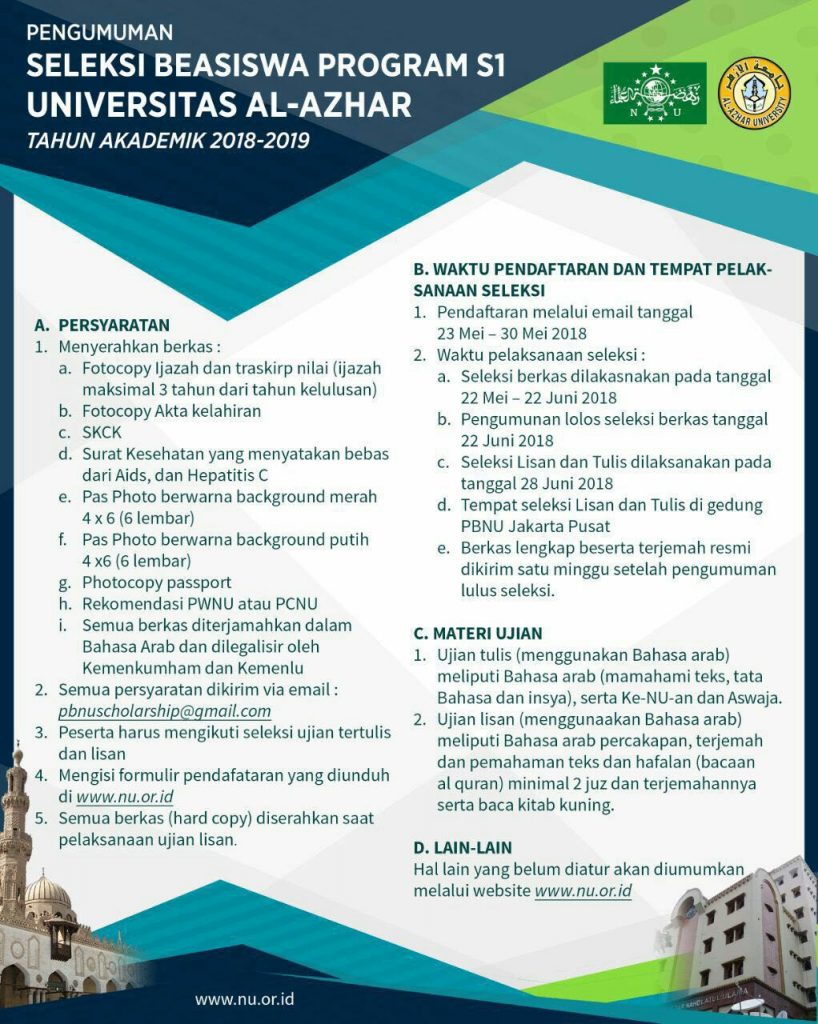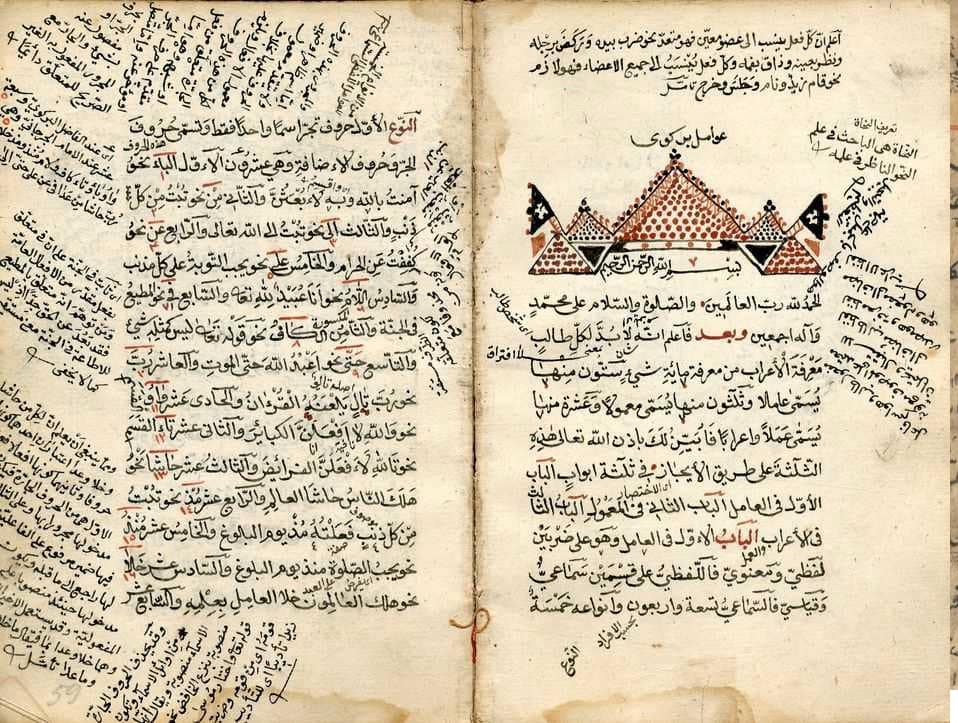

Relations that exist between the Qur'an and local traditions of society cause variations in the exegesis writing tradition. Lotman in terms of the synthesis of two traditions in semiotics of culture resulted in juxtaposing such notions as dialogism and autonomy - creolization, polyphony, counterword, and translation. And secondly, the other valuable contribution to the theory of translation has been made by both M. As a result, the general notion of culture might be described as the process of total translation. Eco who put together interlinguistic, intra-linguistic, and inter-semiotic translations, so crucial for the further understanding of culture. First of all it is the semiotic interpretation of the theory of translation, introduced by the number of scientists beginning with R. In these perspectives the translation reveals important mechanisms of the performance of culture. A cultural critic faces the same problems. The first approach assumes plenty of languages for such description, in the latter one suggests only one language for the same representation. On the one hand the culture of translation might be presented as the sum of various kinds of translated texts (repertoire of culture), on the other hand it might be described as the hierarchy of the various types of translations themselves. The most common difficulty in translation studies has traditionally been the dilemma between the historical and synchronic approaches in the analysis and description of the culture of translation. The influence of BTQ (Read Write Al-Qur'an) lessons by reading and writing pegon script is that respondents who are able to read and write pegon script admit that this script is very useful when they want to increase fluency in reading the Qur'an.
DOWNLOAD KITAB KUNING TERJEMAH BAHASA SUNDA HOW TO
Here, in terms of reading and writing, it is necessary to pay attention to the rules and how to cooperate with the hijaiyah letters. How to read and write this script is quite easy. However, Mts and MA schools have started to provide additional local content, nahwu shorof. Most of them are junior high school students. The results of this study indicate the level of understanding of students and students about literacy development, there are high school students who still do not know much about the Pegon script. this research district using Mix Method Analysis. Then Knowing the effect of reading and writing Pegon script with BTQ (Read Write Al-Qur'an) lessons which are mandatory local content for schools in Demak. This study aims to determine the existence of Pegon script in students and students in Demak Regency as the "kota wali", then also to know how to write and read Pegon script. Thus, the use of Pegon script and Nadhom media to translate the Qur’an can bridge the gap between Arabic and Sundanese languages.Ĭontribution: This research contributes to transferring the Qur’an translation into another language, making it easier for the reader to understand the content. The selection of Nadhom as a media to translate the Qur’an is accurate as shown in its function that supports the achievement of the goal being revealed in the Qur’an. This research found that the translation did not change the original meaning and can bridge the gap between Arabic and Sundanese languages so that the students can better understand the content of the quoted verses of the Qur’an. The data obtained were analysed descriptively. At the same time, the hermeneutic approach is used to understand the contents of the text.

The historical approach found that the selection of Pegon scripts and Nadhom media involved the segmentation of readers.

In addition, this research uses historical and hermeneutic approaches. This research belongs to both textual and field studies since it involves observation and documentation data from Ahmad Dimyati’s manuscript, and interviews with Kyai and Ustadz at Pondok Pesantren Sukamiskin, West Java, Indonesia. This research explores how the media aligns with the socio-cultural condition in which it becomes the crucial point of the research.

The purpose of this research is to investigate Ahmad Dimyati’s works, and one of his works was the translation of the Qur’an using the Pegon script and Nadhom media in the context of Priangan, West Java, Indonesia. One expert who uses the method to teach students is Ahmad Dimyati. One way to understand the Qur’an is by translating the message using Pegon script and Nadhom media.


 0 kommentar(er)
0 kommentar(er)
